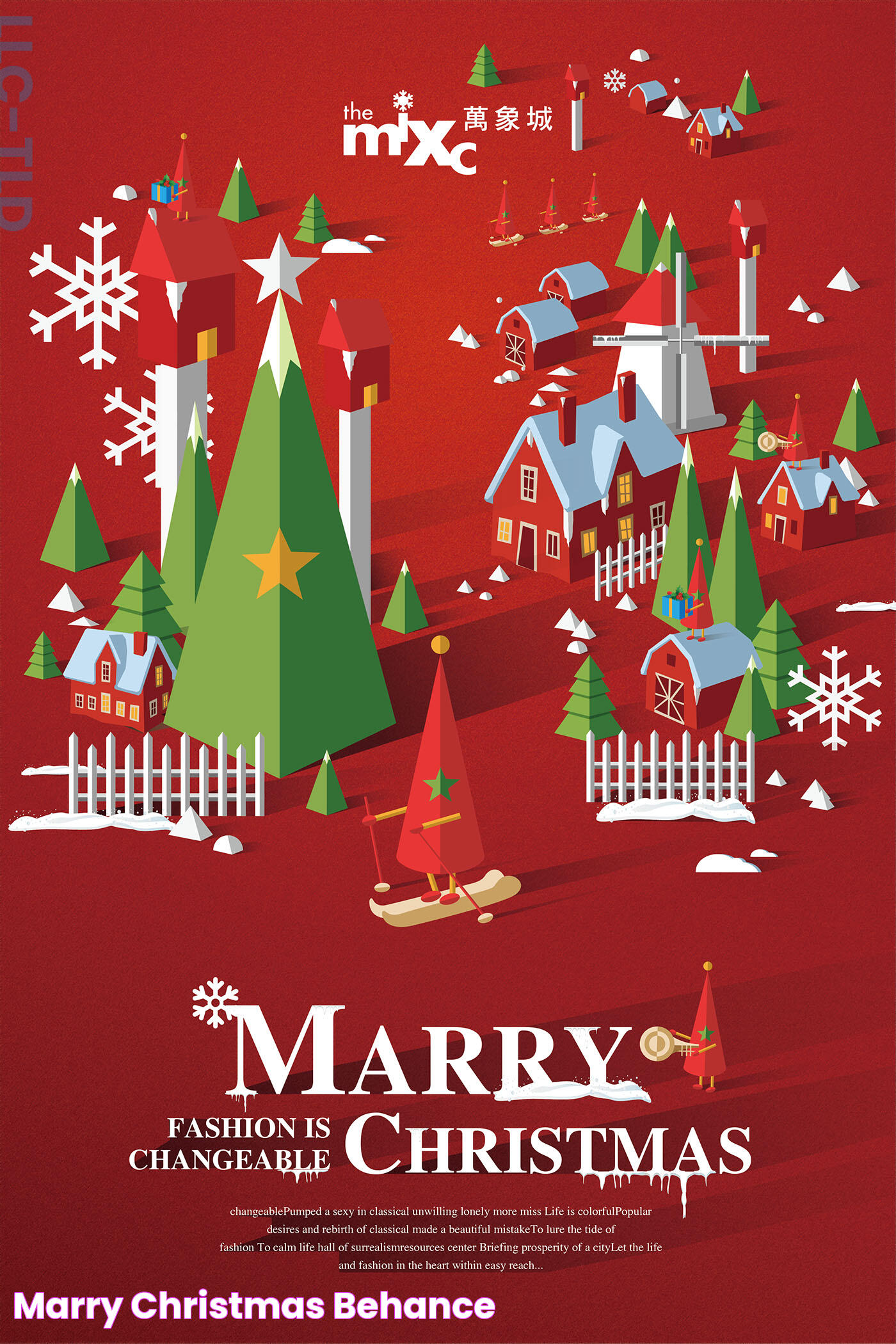Celebrate The Spirit Of Joy: Marry Christmas And Its Festive Charm

Marry Christmas is more than just a holiday; it’s a celebration of love, joy, and togetherness that unites millions of people across the globe. This cherished occasion is marked by shimmering lights, decorated trees, heartfelt carols, and the warmth of family and friends. Whether it’s the exchange of gifts, the aroma of baked goodies, or the spiritual essence of the season, Marry Christmas carries a unique magic that captivates hearts everywhere.
For centuries, this festive holiday has symbolized hope, generosity, and the triumph of good over adversity. Its traditions, both ancient and modern, encompass a rich tapestry of cultural customs that vary from country to country yet share a universal message of peace and goodwill. As the world transforms into a winter wonderland, the countdown to December 25th becomes a time of anticipation, reflection, and preparation for joyous gatherings and memorable moments.
In this article, we’ll delve into the multifaceted world of Marry Christmas, exploring its origins, traditions, and the ways it continues to evolve in today’s fast-paced world. From its historical roots to its modern-day celebrations, we’ll cover everything you need to know about this beloved holiday. So, sit back with a cozy cup of cocoa and join us as we unravel the magic of Marry Christmas!
Read also:Affordable Tips For Knotts Berry Farm Tickets And Your Perfect Visit
Table of Contents
- Origins and History of Marry Christmas
- Why Is Christmas Celebrated on December 25?
- Symbolism of Christmas Decorations
- How Did Santa Claus Become a Christmas Icon?
- Popular Christmas Traditions Around the World
- The Role of Christmas Carols in the Holiday Season
- What Is the Significance of the Christmas Tree?
- Modern vs. Traditional Christmas Celebrations
- How to Prepare for a Memorable Marry Christmas?
- The Spiritual Meaning of Marry Christmas
- Christmas Dining and Festive Foods
- How to Make Christmas More Eco-Friendly?
- Marry Christmas in Popular Culture
- Frequently Asked Questions About Marry Christmas
- Conclusion
Origins and History of Marry Christmas
The history of Marry Christmas spans centuries, blending religious significance, cultural practices, and folklore into one of the most celebrated holidays worldwide. Its origins can be traced back to the birth of Jesus Christ, which forms the cornerstone of the Christian faith. The term "Christmas" itself derives from the Old English phrase "Cristes Maesse," meaning "Christ's Mass," first recorded in 1038. Over time, the holiday has evolved to include both sacred and secular traditions.
In the early days, Christmas was not universally celebrated on December 25. The date was chosen by the Roman Church in the 4th century to coincide with pagan winter solstice festivals like Saturnalia and Dies Natalis Solis Invicti, which celebrated the "birth of the unconquered sun." By aligning Jesus's birth with these festivals, early Christians sought to make the holiday more acceptable to converts.
As Christianity spread, so did the observance of Christmas. By the Middle Ages, the holiday had incorporated various regional customs, such as the Yule log in Scandinavia and nativity plays in Europe. Fast forward to the 19th century, and Christmas underwent a major transformation thanks to figures like Charles Dickens, whose novella "A Christmas Carol" emphasized generosity and family values. The Victorian era also introduced many of the traditions we cherish today, including Christmas cards, crackers, and decorated trees.
Key Historical Milestones
- 4th Century: Establishment of December 25 as the official date for Christmas.
- 8th Century: Introduction of the Christmas tree tradition by St. Boniface.
- 17th Century: Puritans in England and America temporarily banned Christmas celebrations.
- 19th Century: Reinvention of Christmas as a family-centered holiday.
- 20th Century: Commercialization of Christmas with the rise of advertising and gift-giving.
Today, Marry Christmas is celebrated by billions, regardless of their religious affiliations. It’s a time for reflection, gratitude, and spreading joy, making it one of the most anticipated holidays of the year.
Why Is Christmas Celebrated on December 25?
...
Symbolism of Christmas Decorations
...
Read also:Insights Into Alexis Bledels Child A Look Into Her Family Life
How Did Santa Claus Become a Christmas Icon?
...
Popular Christmas Traditions Around the World
...
The Role of Christmas Carols in the Holiday Season
...
What Is the Significance of the Christmas Tree?
...
Modern vs. Traditional Christmas Celebrations
...
How to Prepare for a Memorable Marry Christmas?
...
The Spiritual Meaning of Marry Christmas
...
Christmas Dining and Festive Foods
...
How to Make Christmas More Eco-Friendly?
...
Marry Christmas in Popular Culture
...
Frequently Asked Questions About Marry Christmas
1. Why do we celebrate Marry Christmas?
...
2. What are the most common Christmas traditions?
...
3. Is Santa Claus real?
...
4. How can I make my Marry Christmas celebrations more sustainable?
...
5. Why do we exchange gifts on Christmas?
...
6. What is the significance of mistletoe during Christmas?
...
Conclusion
...
Article Recommendations

